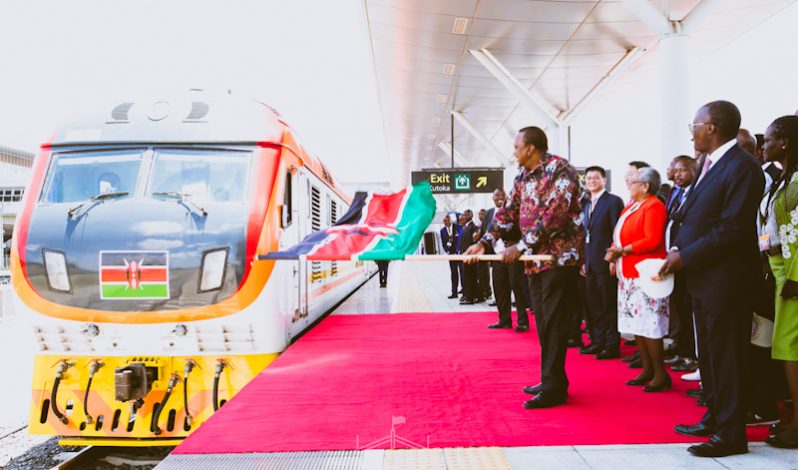Kenya’s public debt sustainability concerns are not about to ebb any time soon.
In fact, the recently enhanced public health restrictions are threatening to somewhat derail the recovery in some sectors, dampening the nascent rebound in revenues.
Collections were already 10% below last year as of February 2021 and while performance improved in March, risks of undershooting projections remain solid.
Combined with public health spending pressure, this could sustain the country’s wide deficit and borrowing pressures.
This comes just months before the expiry of some debt moratoriums from development partners and bilateral lenders. This could reignite debt service pressure, although National Treasury has initiated conversations for extensions, to allow the country to deal with the health crisis and attendant economic vulnerabilities.
On a brighter note, the government could get some short-term respite from the IMF facility with the first tranche of $308Mn expected this week.
However, this disbursement may not materially water down local debt appetite given that the funding gap remains wide.
In February, the National Treasury tabled a Ksh 120 billion supplementary budget in Parliament reflecting the rising expenditure pressure.
So far, Treasury has borrowed just about Ksh 365 billion from the local market, just over 60% of this year’s borrowing target.
With just 3-months to the end of the fiscal cycle, possible upscaling of monthly debt issues could sustain the upward push on yields.
However, sustained risk aversion by banks and the broader investing community could sustain appetite for sovereign risk, allowing for sustained gradual moves on the curve.
NCBA Weekly Fixed Income Report – 06th April 2021





1 Comment
Pingback: International Monetary Fund to Consider Kenya’s New KSh 43.9bn Loan